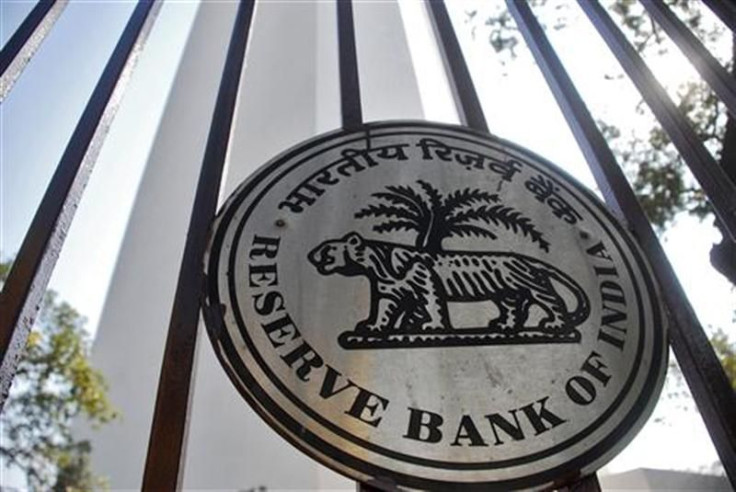RBI, India’s Central Bank, Raises Key Rate As Governor Aims To Tackle Soaring Inflation While Reviving Slowing Growth

India’s central bank, with an express aim to curtail runaway inflation, raised the key repo rate to 8 percent from 7.75 percent on Tuesday while choosing to keep the cash reserve ratio, or CRR, unchanged at 4 percent.
The Reserve Bank of India, or RBI, is attempting a monetary policy tightrope of using key interest rates to bring down near double-digit inflation while attempting to revive anemic growth in Asia's third-largest economy. The repo rate is the one at which the RBI lends to the country's commercial banks while the CRR is the percentage of cash reserves, in relation to total deposits, that banks need to maintain with the central bank.
“The slowdown in the economy is getting increasingly worrisome,” RBI Governor Raghuram Rajan said in a statement, adding: “Our current assessment is that growth is likely to lose momentum in Q3 of 2013-14, with industrial activity in contractionary mode, mainly on account of manufacturing.”
The latest move was a surprise as most estimates expected the bank to keep rates on hold. The bank’s policy statement also noted that consumer demand remained weak even as weak capital goods production pointed to stalled investment demand while retail inflation remained close to double-digit levels.
However, Rajan picked out some positive signs such as a “significant narrowing of the trade deficit” backed by export growth and a robust performance by the agriculture sector. He added that further rate increases could be ruled out only if retail inflation would stay on track to fall below 8 percent by January 2015.
Rajan, a former consultant to the World Bank and the U.S. Federal Reserve Board who, in 2005, famously predicted the global financial crisis, took over as head of the RBI in September 2013, at a time when India’s economic growth had fallen to its lowest rate in a decade.
© Copyright IBTimes 2024. All rights reserved.





















